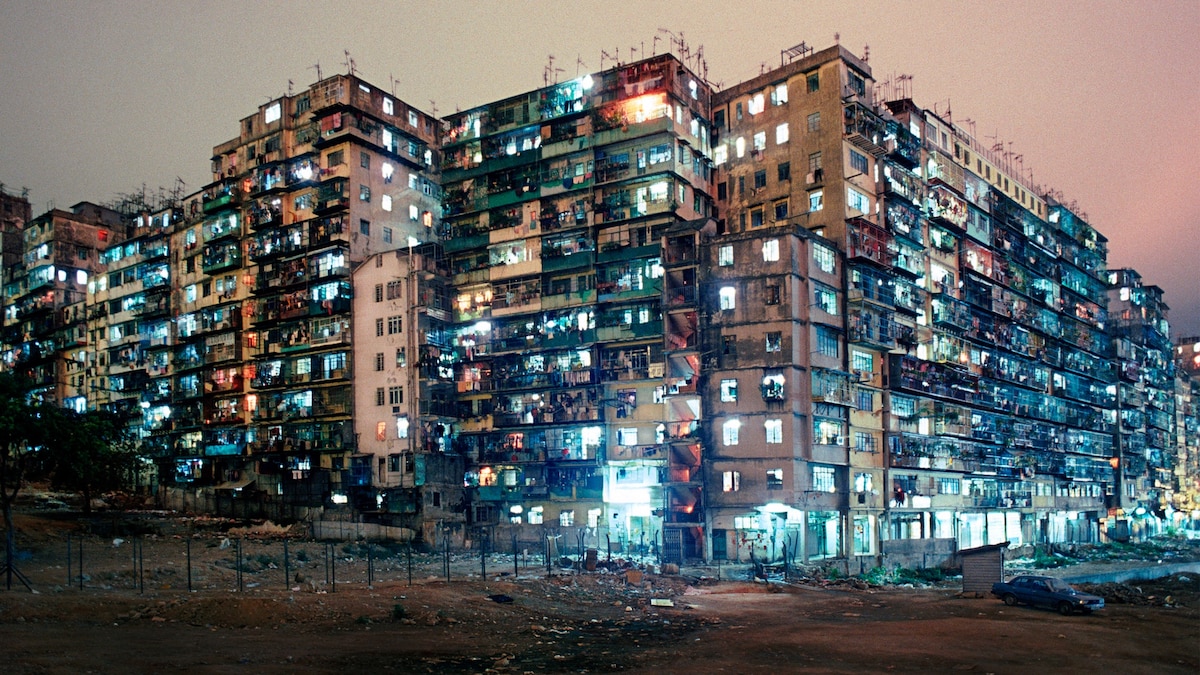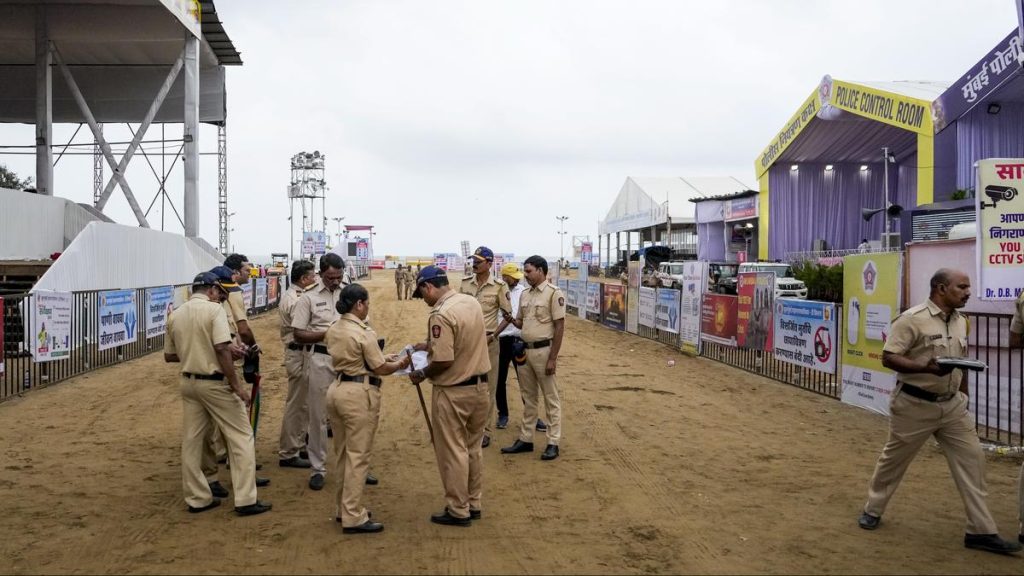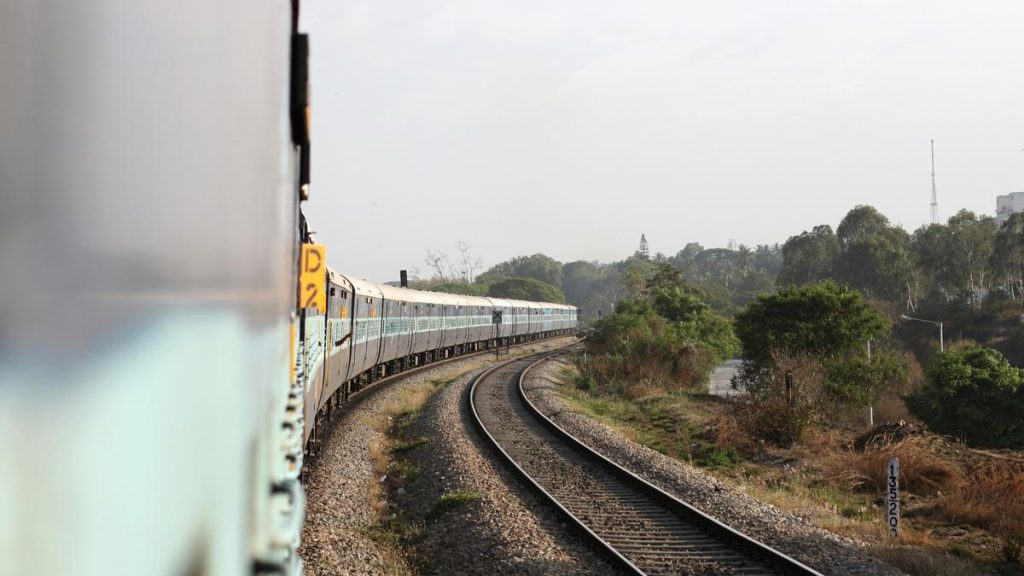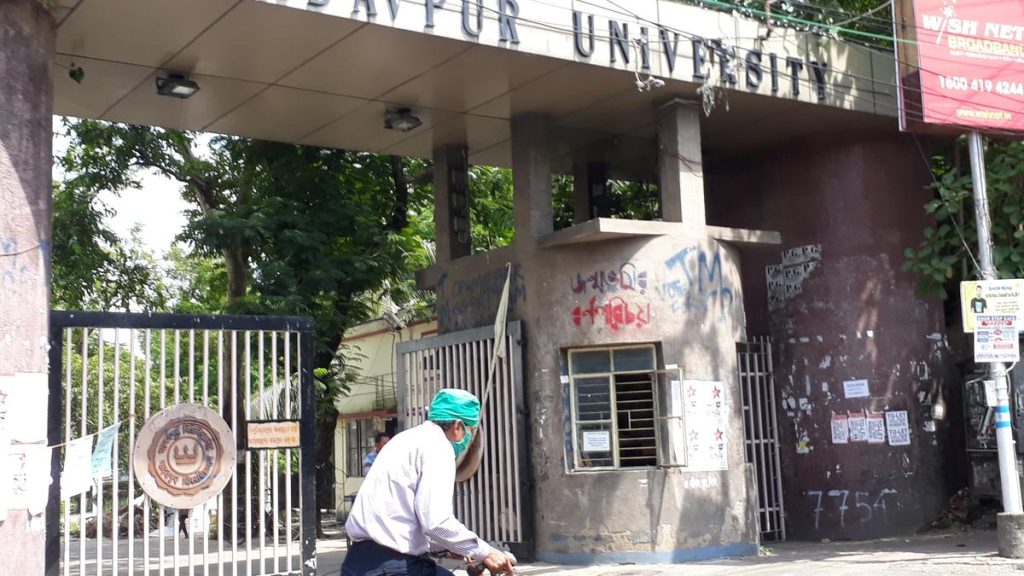Now Reading: Inside Kowloon Walled City: Hong Kong’s Anarchic Enclave
-
01
Inside Kowloon Walled City: Hong Kong’s Anarchic Enclave
Inside Kowloon Walled City: Hong Kong’s Anarchic Enclave

Rapid Summary
- kowloon Walled City was a densely populated and largely lawless area in Hong Kong, housing over 30,000 residents until its demolition in 1994.
- Originally established as a Chinese military and governmental center in the 17th century, it expanded into a unique enclave of gambling and recreation during British colonial rule post-1843.
- The city’s status was contested between Britain and China after the Convention for the Extension of Hong Kong Territory in 1898.Despite legal ambiguity,British colonial forces occupied Kowloon soon thereafter.
- During World War II, Japanese forces dismantled parts of the city to extend an airport runway; however, illegal structures proliferated in later years due to minimal regulation from both britain and China.
- By the mid-to-late 20th century, Kowloon Walled City became notorious for crime but also housed tightly knit communities who built informal housing despite poor access to infrastructure like garbage collection or water supply.
- In 1987, as part of plans for Hong Kong’s handover to China, authorities announced its demolition following years of resettling inhabitants; by 1994 it had been replaced with a park commemorating its legacy as an example of resilience amidst political neglect.
Images accompanying this article depict life inside kowloon Walled City: scenes on rooftops where children played amid tangled electric lines; unregulated industries like dough-making shops; crowded aerial views showcasing dense architecture; police stop-and-search actions during crackdowns on illegal immigration.
Indian Opinion Analysis
Kowloon Walled City exemplifies how legal gray areas can lead to profound societal adaptations under conditions of extreme neglect. While often portrayed negatively due to vice and crime concerns-as highlighted by foreign correspondents-oral histories suggest strong community ties among impoverished residents surviving under self-made systems outside colonial governance.
For India-a country experiencing rapid urbanization alongside socio-economic disparities-the story reflects pressing concerns about equitable development amidst bureaucratic inefficiencies or unclear jurisdictional oversight.Cities such as Mumbai face challenges tied to informal settlements akin to Kowloon’s adaptation process: both exemplify urban populations creatively using space against odds while encountering health risks and poor infrastructure management.
The larger takeaway remains neutral yet instructive-urban planning must anticipate dynamic survival strategies among marginalized groups while balancing government presence with community autonomy. Addressing these gaps early could prevent long-term crises resembling those faced within historical enclaves like Kowloon Walled City.

























